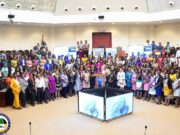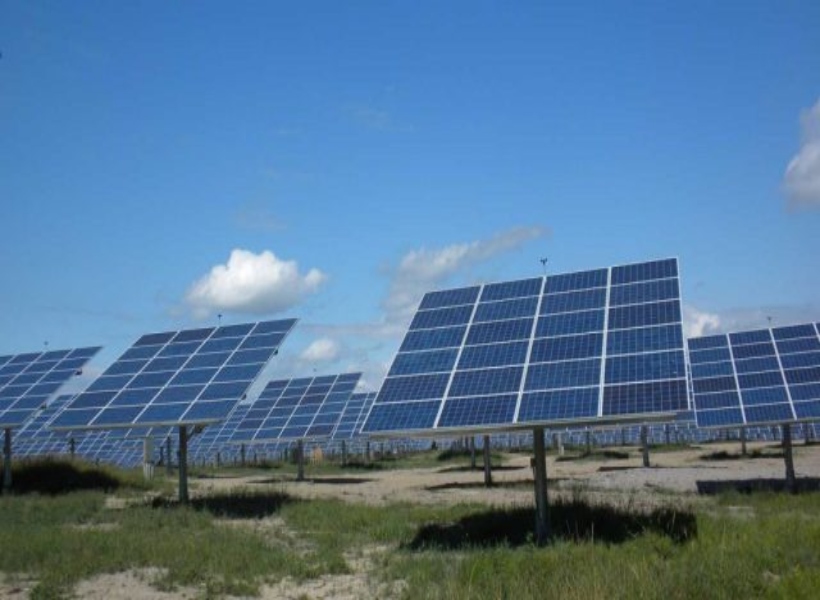Even as Guyana continues its regulatory and legislative preparation for the efficient management of the oil sector, policy leaders across the board have always agreed that projects using renewable sources of energy should be simultaneously developed. This move would not only reduce Guyana’s dependence on fossil fuels but ensure that the nation is in keeping with the objective of the Paris Agreement to bring global temperatures down to 1.5 Degrees Celcius.
With the foregoing in mind, the APNU+AFC Administration had borrowed US$21M from the Inter-American Development Bank (IDB). It was intended to fund a project titled: Energy Matrix Diversification and Institutional Strengthening of the Department of Energy (EMISDE).
But a perusal of the latest procurement documents dated this year has revealed that only 2.44 percent of the money has been used.
Thus far, one contract has been awarded using the IDB loan. Guyana Standard noted that an award was made late last year to Farfan & Mendes Ltd. and SOVENTIX Caribbean S.R.L., whose Bid has been determined to be substantially responsive to provide Renewable Energy Solutions for the Hinterland Region. The scope of work included engineering, procurement, construction and installation, commissioning, and turn-key delivery of Solar PV Power Plants including Battery Energy Storage Systems for the Hinterland at Bartica (1.5MW) and Lethem (1.0MW) in two Lots. Lot 1totaled $625,493,907 while Lot 2 carried a cost of $472,851,004.
The objectives of EMISDE include: (i) investing in sustainable/cleaner energy solutions to diversify the energy matrix in the Hinterland while contributing to climate change mitigation; (ii) investing in the reinforcement of transmission infrastructure to improve reliability and stability of the Demerara Berbice Interconnected System (DBIS); and (iii) strengthening the Department of Energy (DE) to develop a regulatory framework, and improve institutional capacity and governance of the Oil and Gas (O&G) sector.
The Renewable Energy Solutions for the Hinterland which is one of three components of the EMISDE Programme seeks to finance investment in solar technology using the installation of PV-tied mini-grid systems in three townships of Bartica (1.5 MW), Lethem (1 MW), and Mahdia (0.65 MW), totaling 3.15 MW and the implementation of a storage capacity to manage intermittence of these sources.
Overall, the component will provide a reliable electricity source to the expanding needs of power supply in the townships, now relying on fossil fuel. The three townships have an important presence of indigenous people: 17% Bartica, 17% in Mahdia, and 51% in Lethem.
The solar plants are located outside any protected areas and sensitive natural habitats.









